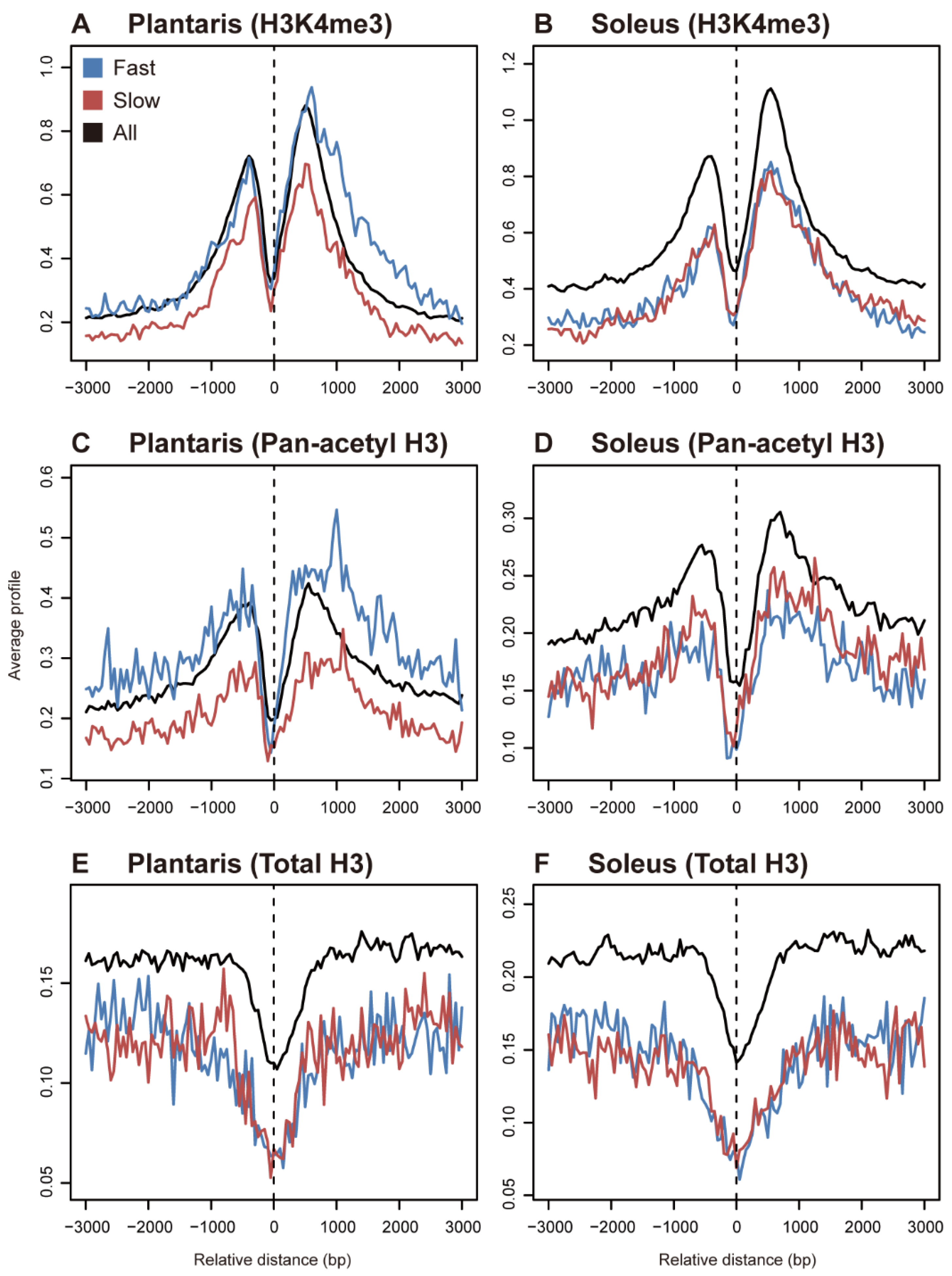Functions of histone modifications and histone modifiers in Schwann Biology Diagrams
BlogFunctions of histone modifications and histone modifiers in Schwann Biology Diagrams Accumulation of reverse centromeric transcripts is still cell-cycle dependent in cells lacking Dicer, consistent with an involvement of the exosome at the end of S phase . The exosome affects the turnover of other S-phase-specific transcripts, such as histone transcripts in Saccharomyces cerevisiae , perhaps by a similar mechanism [11,12] .

For example, repression of the cell-cycle-dependent cyclin E gene by the retinoblastoma gene product RB involves recruitment of HDACs, Here, we describe the known histone modifications, define In eukaryotic cells, posttranslational modifications (PTMs) on histones regulate chromatin structure and thus impact nearly all chromatin-templated events, including replication, transcription, and DNA repair. This chapter describes strategies for investigating the reestablishment of histone PTMs during the mitotic cell cycle using

Two distinct modes for propagation of histone PTMs across the cell cycle Biology Diagrams
Histone lysine acetylation (Kac) is a classical histone acylation that has an effect related to DNA damage and repair, cell-cycle control, chromatin architecture, RNA splicing, and transcription . Methylation takes part in gene repression or activation, depending on the sites and degree [ 14 , 15 ].

Here we use cell cycle sorting and ChIP-seq to analyse the genomic distribution of three histone modifications closely associated with transcriptional regulation (H3K9ac, H3K4me3 and H3K27me3

Histone Modifications: Cycling with Chromosomal Replication Biology Diagrams
Epigenetic states defined by chromatin can be maintained through mitotic cell division. Alabert et al. tracked histone modifications and histone variants during DNA replication and across the cell cycle and found that post-translational modifications (PTMs) are transmitted with parental histones to newly replicated DNA.
